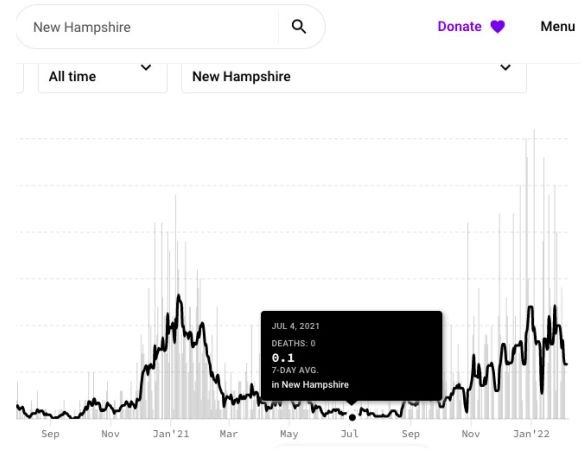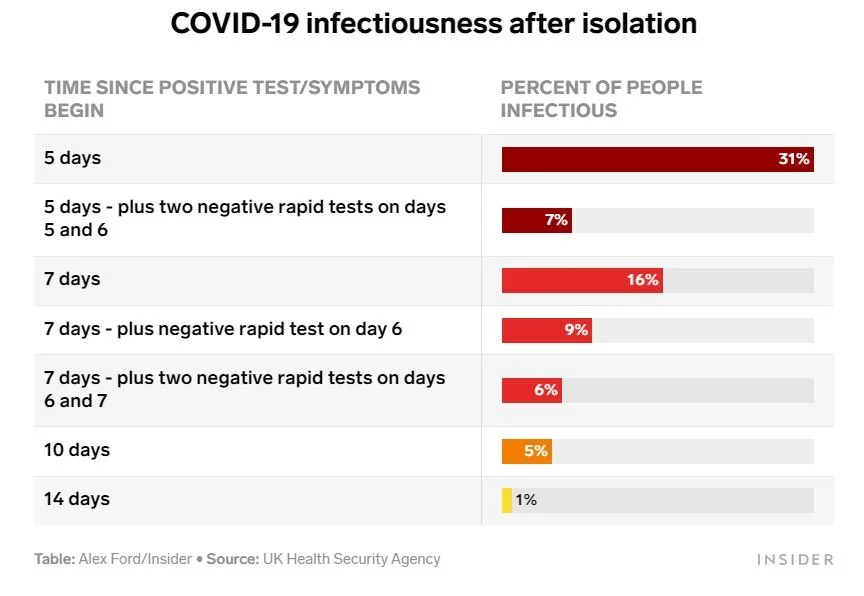We are, I hope, at the beginning stage of a revolution in the design of buildings and fresh air ventilation systems. Yes, spurred by covid-19 but, in my opinion, long overdue. This article from The Atlantic (my favorite magazine!) should be required reading of anyone involved in covid-19 policy or research, and anyone who wants a deeper understanding of practical measures you can do to reduce your risk of covid-19 and other air-borne illnesses.
I’ve been saving this article since September 7, 2021. That was before the Omicron surge, of course, but readers now may be able to appreciate even more, the wisdom presented here. To set the stage:
"The 19th and early 20th century saw a number of ambitious public-health efforts … The United States eliminated yellow fever and malaria, for example … One by one, the diseases that people accepted as inevitable facts in life—dysentery, typhoid, typhus, to name a few more—became unacceptable in the developing world. But after all this success, after all we’ve done to prevent the spread of disease through water and insects, we seem to have overlooked something. We overlooked air.
This turned out to have devastating consequences for the beginning of the coronavirus pandemic. The original dogma, you might remember, was that the novel coronavirus spread ... through droplets that quickly fell out of the air. We didn’t need ventilation or masks; we needed to wash our hands and disinfect everything we touched. But a year and half of evidence has made clear that the tiny virus-laden particles indeed linger in the air of poorly ventilated areas. It explains why outdoors is safer than in, why a single infected person can super-spread to dozens of others without directly speaking to or touching them. If we are to live with this coronavirus forever—as seems very likely—some scientists are now pushing to reimagine building ventilation and clean up indoor air. We don’t drink contaminated water. Why do we tolerate breathing contaminated air?"
The Atlantic, 9/7/2021 Article: Coronavirus Ventilation - A New Way to Think About Air





